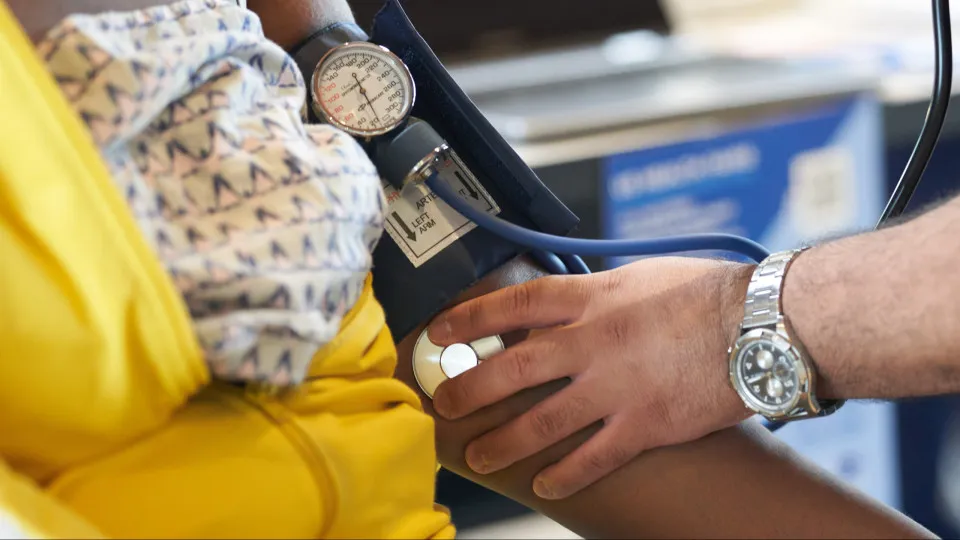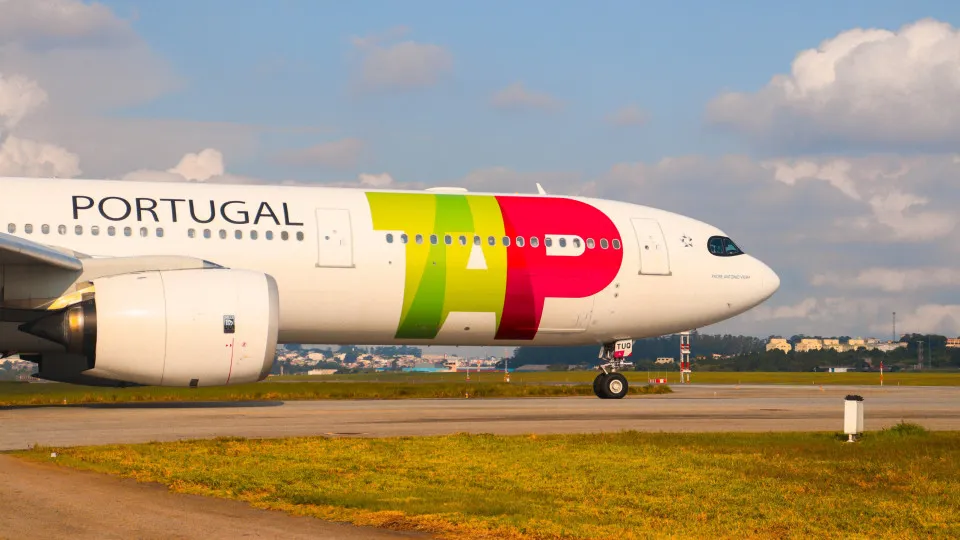
The World Health Organization (WHO) today released the second Global Report on Hypertension, estimating that approximately 1.4 billion people worldwide live with hypertension.
In Portugal, around 2.5 million individuals, accounting for 41% of the adult population, have hypertension, placing the country above the global average prevalence of roughly 34%.
The majority of cases in Portugal are diagnosed (77%) and receiving treatment (72%), yet only 1.4 million patients, or 52%, have effectively controlled their condition.
Nevertheless, there has been positive progress over the past two decades, with a continuous increase in the number of people managing the disease, a trend WHO expects to persist until at least 2030.
Portugal ranks among the countries with the lowest rates of uncontrolled hypertension in Europe, trailing only Iceland, Switzerland, Germany, and Malta.
The WHO report also noted that 26% of the approximately 123,000 deaths recorded in 2021 were linked to cardiovascular disease, including 46 cases attributed to high systolic blood pressure.
Regarding risk factors, adults over 25 in Portugal consume an average of nine grams of salt daily, and 26% of those over 15 years old smoke tobacco. Alcohol consumption ‘per capita’ for the same age group is around 11 liters annually.
Approximately half of the population over 18 does not engage in physical activity, and 27% suffer from obesity.
“More than 1,000 lives are lost every hour due to strokes and heart attacks caused by high blood pressure, most of which could be prevented,” highlighted WHO Director-General Tedros Adhanom Ghebreyesus during the report’s presentation at the 80th United Nations General Assembly.
Among the 195 countries and territories within the United Nations, 99 have hypertension control rates below 20%, predominantly low- and middle-income countries.
The WHO identifies several barriers, including insufficient health promotion policies concerning risk factors, limited access to blood pressure monitoring devices, a shortage of treatment protocols, and a lack of trained primary healthcare teams. Additionally, there are difficulties in accessing medications.
In 25 low-income countries, only seven (28%) reported having all WHO-recommended hypertension medicines generally available in pharmacies or primary healthcare providers, significantly below the 93% availability in higher-income countries.
Despite these challenges, the report highlights “significant progress” in countries like Bangladesh, where hypertension control increased from 15% to 56% in some regions within six years, following the integration of hypertension treatment services into essential health services and the enhancement of diagnosis and follow-up.




